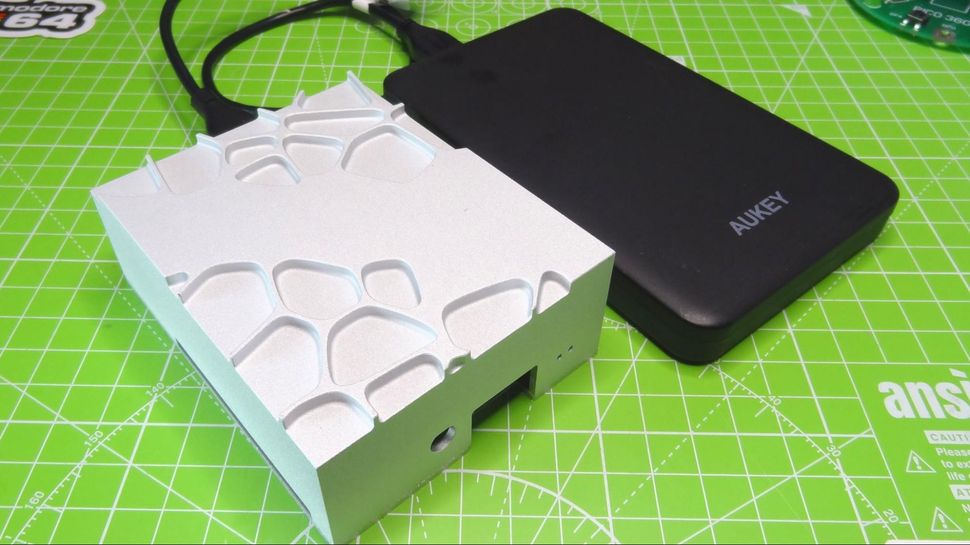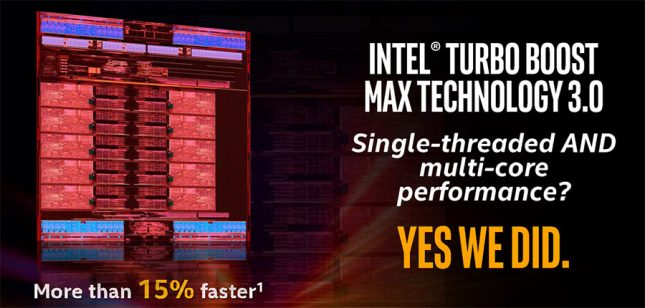
- #WHAT IS TURBO BOOST MAX TECHNOLOGY 3.0 HOW TO#
- #WHAT IS TURBO BOOST MAX TECHNOLOGY 3.0 DRIVER#
- #WHAT IS TURBO BOOST MAX TECHNOLOGY 3.0 WINDOWS 10#
- #WHAT IS TURBO BOOST MAX TECHNOLOGY 3.0 SOFTWARE#
I had to manually set Core 9 to a 40x multiplier. In my case, ‘Auto’ meant a boost of zero, despite the MSI BIOS ‘suggesting’ 4000 MHz. In the case of the MSI BIOS, it was set to ‘Auto’. So ultimately it doesn’t matter how much the CPU might like to boost in frequency, the system will only boost by the amount it says so in the BIOS, which is set by the motherboard manufacturer. Well, the BIOS also sets how much the CPU can boost by. This makes TBM3 useless for most users who never even touch the BIOS. We asked about this, and they said it was a conscious decision made by management a couple of weeks prior. On the MSI motherboard we used for most of our testing, Turbo Boost Max 3.0 was disabled by default in the BIOS.
#WHAT IS TURBO BOOST MAX TECHNOLOGY 3.0 HOW TO#
But they know how to do it right, right? Well, here’s where it can get worse. The TBM3 settings have to be set in the BIOS, which means that the usefulness of such a feature is actually down to the motherboard manufacturers. Turbo Boost Max 3.0 has to be supported by the motherboard manufacturer in the BIOS. Intel refuses to state the effect of TBM3, saying that ‘each CPU is different and could boost by different amounts’. The only question now is how much is the boost, and what is the effect on performance? Unfortunately, both of those questions have bad answers.
#WHAT IS TURBO BOOST MAX TECHNOLOGY 3.0 SOFTWARE#
When pinned, the software will boost the frequency of that core only. If an application with higher priority is present, then the software will unpin the current software and take the higher priority one and pin that instead. In priority mode, the application will look for any application on the left-hand panel (which has to be added manually). For the foreground selection, when the software detects a single threaded workload in play, it will attempt to pin the software to the best core (similar to changing the affinity in task manager to one core), and then boost the frequency. When enabled, TBM3 will activate in two modes: either the foreground application, or from a priority list.
#WHAT IS TURBO BOOST MAX TECHNOLOGY 3.0 DRIVER#
This means that for TBM3, the driver will primarily use Core 9. In the image above, Core 9 is rated the best, with Core 0 at the bottom. It also comes with a user interface, which might make it easier to explain:Įach of the cores in the processor can be individually accessed by the OS with the new driver, and the cores will be rated based on their performance and efficiency as they come out of Intel.
#WHAT IS TURBO BOOST MAX TECHNOLOGY 3.0 WINDOWS 10#
It requires a driver, similar to Skylake’s Speed Shift feature (which is not in Broadwell-E), which should be distributed in new X99 motherboard driver packages, but will also be rolled out in Windows 10 in due course. TBM3, in a nutshell, will boost the frequency of a single CPU core when a single-threaded program is being used. Turbo Boost 2.0 frequencies are advertised alongside the CPU on the box - TBM3 will be slightly different and not advertised. The CPU will use that frequency when light workloads are in play and decrease the frequency of the cores as the load increases in order to keep the power consumption more consistent. So in the case of the i7-6950X, the base frequency is 3.0 GHz and the Turbo Boost 2.0 frequency is 3.5 GHz.

Turbo Boost 2.0 is what Intel calls its maximum Turbo or ‘peak’ frequency. Intel has taken this enterprise feature and expanded it a little into a feature they're calling ‘Turbo Boost Max 3.0’. Previously when an AVX load was detected, all the cores would reduce in frequency, but beginning with BDW-EP now they act separately. One of these has come through to the consumer parts, though in a slightly different form.įor Broadwell-EP, one of the new features was the ability to have each core adjust the frequency independently depending on AVX or non-AVX workloads.


When Intel released the enterprise focused Broadwell-EP Xeon CPUs, there were a few features added to the platform over the previous Haswell-EP generation. Turbo Boost Max 3.0 (TBM3), aka Turbo Boost Max or Turbo Boost 3.0


 0 kommentar(er)
0 kommentar(er)
